Education K-12 Minimum Goals
Kindergarten through 12th grade education is immensely important. Of all children, 88% are in public and 9% in private schools. Many parents (with more than a million school-age children) have opted for home schooling (3%).
Now, with the pandemic, millions of children cannot go safely to schools. Parents need to fill in for teachers in a manner that hasn’t happened in several generations.
Beyond reading, ‘riting, and ‘rithmetic, what do parents need to be teaching their children?
General education—kindergarten through 12th grade—should develop students in three broad areas.

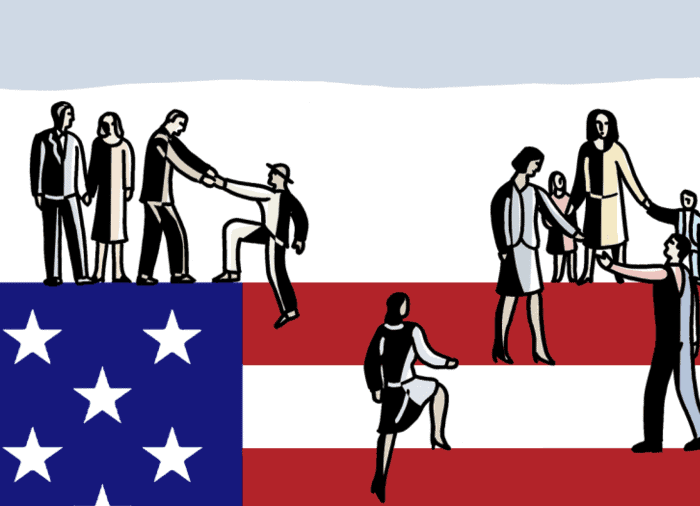

The equal goals of individual development, citizenship, and preparation for student’s next step should guide our offerings to students.
Individual Development. All you can be
Develop students to the level of their capability and desire.
Teach individual responsibility and accepting consequences.
Include household management and balancing a personal budget.
Practice discussion skills that allow students to express opinions as well as listen to other’s opinions when they disagree.
Citizenship. An asset to the community
Understand the rights of others. Free speech, freedom of religion, and your rights.
Master conflict resolution, through practice of exploring all options.
Learn our Constitution and laws that govern our daily activities.
Employable Skills. Capable of supporting oneself
Read and write basic English.
Add, subtract, multiply, and divide.
Follow step-by-step instructions.
Preparation for Student’s Next Step
Although some students want preparation for college, others look toward starting their full-time employment. K-12 schooling prepares students fairly well for college, but not so well for a wide range of occupations where employers are looking to hire them. Polls and surveys show that more than half of all graduates lack the skills their employers expect.
In the next post I will go into a handful of changes needed for the high school curriculum. If not at home, then in primary school, students must learn that Might Makes Right is not an acceptable way to solve arguments. If this is not learned early, it may never be learned. Crime becomes a mere choice.
Dropouts
In primary and middle school almost every child is exposed to our society’s ideals. However, in high school after age 16, too many students (20%) quit and do not complete high school with their peers. Those young adults are released into the public sphere without adequate skills. Yes, it was their decision to leave school, but the entire society suffers from their leaving. They can become parents who don’t know how to raise the next generation, or become criminals (robbery, violence) or work poorly in dead-end jobs.
We, as a society, need to adapt school to better prepare those who leave at sixteen, while retaining the solid foundation that college-bound students receive, and improving the life skills of those who are done with schooling after twelve years.
Other posts supporting portions of this post
Handful of High School Curriculum Changes More class time for personal development, citizenship, and work skills
Creativity and Academics Inductive and deductive aspects of needed education
High School and Success Lifestyle is greatly affected by high school actions
School Choice in the United States. Published 2019 (external web site)

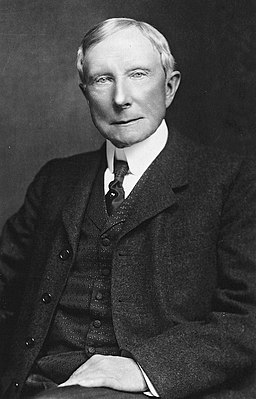
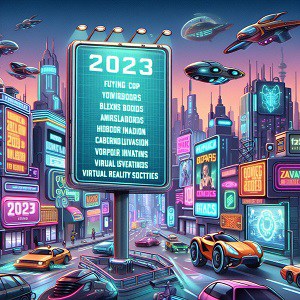
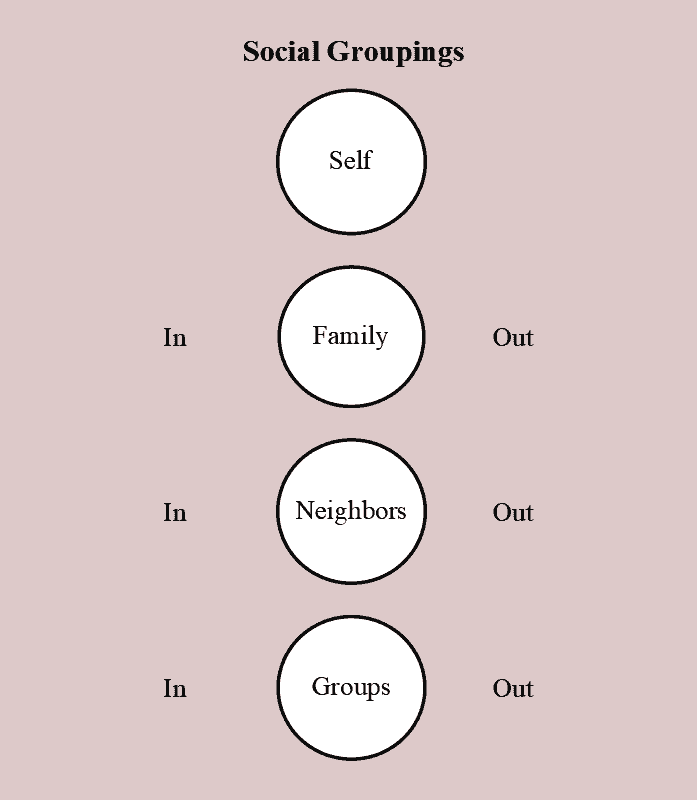

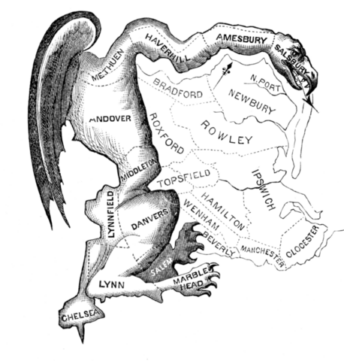


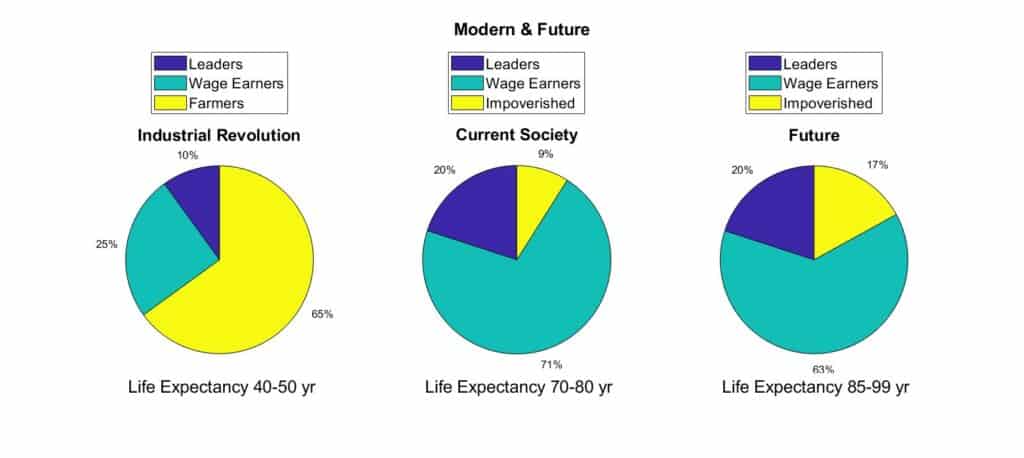
2 thoughts on “Education K-12 Minimum Goals”